Analyze every data source automatically
Whether you’re monitoring trends over time or running a deep investigation, Dovetail instantly turns raw input into actionable intelligence.
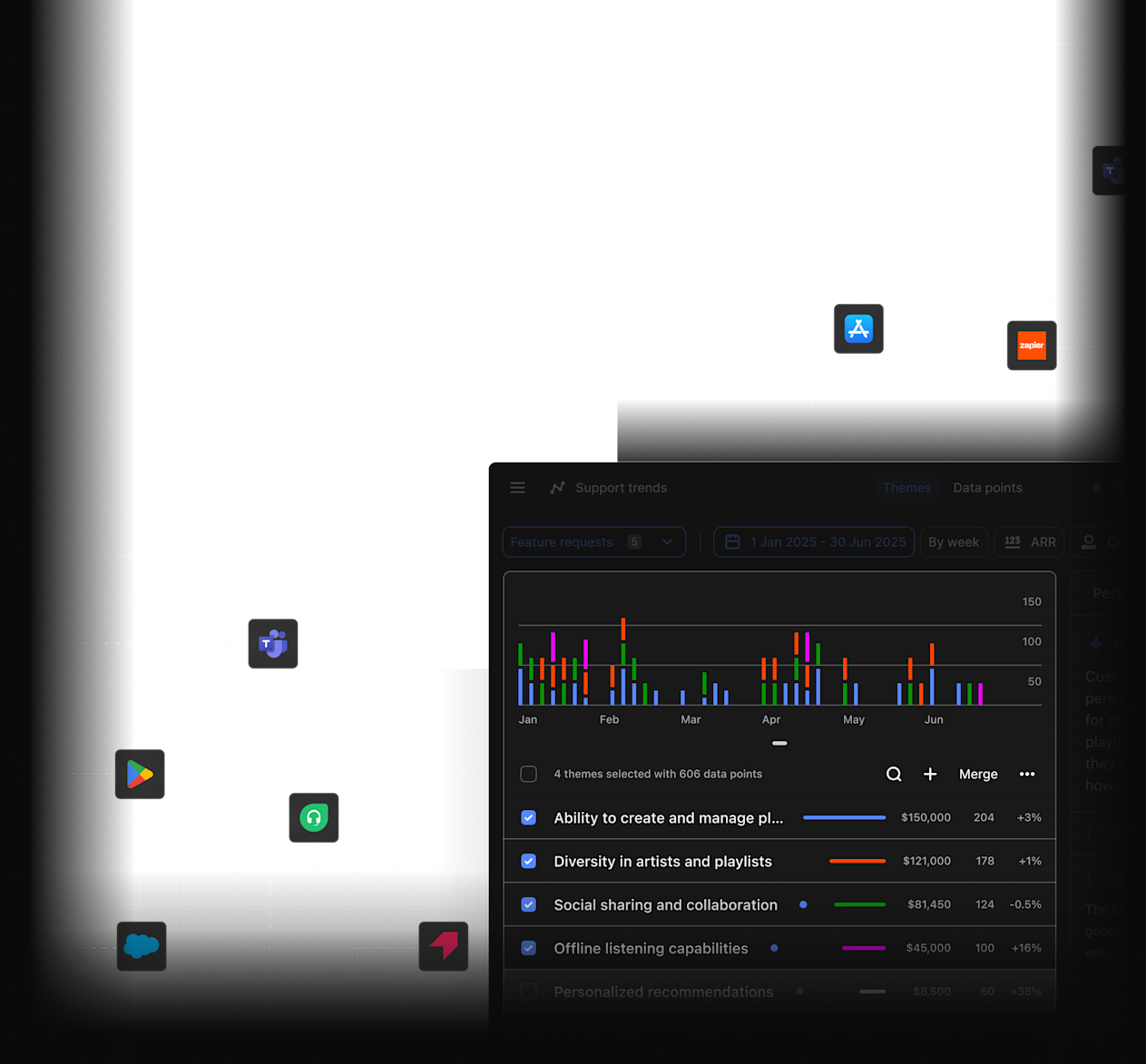
Connecting the world’s greatest companies to their customers
Automate high-volume feedback analysis
Connect Channels to data sources like support tickets, product reviews, and surveys. Our system automatically classifies everything in real-time to surface critical issues, visualize trends, and link themes to business impact so you know exactly what to focus on.
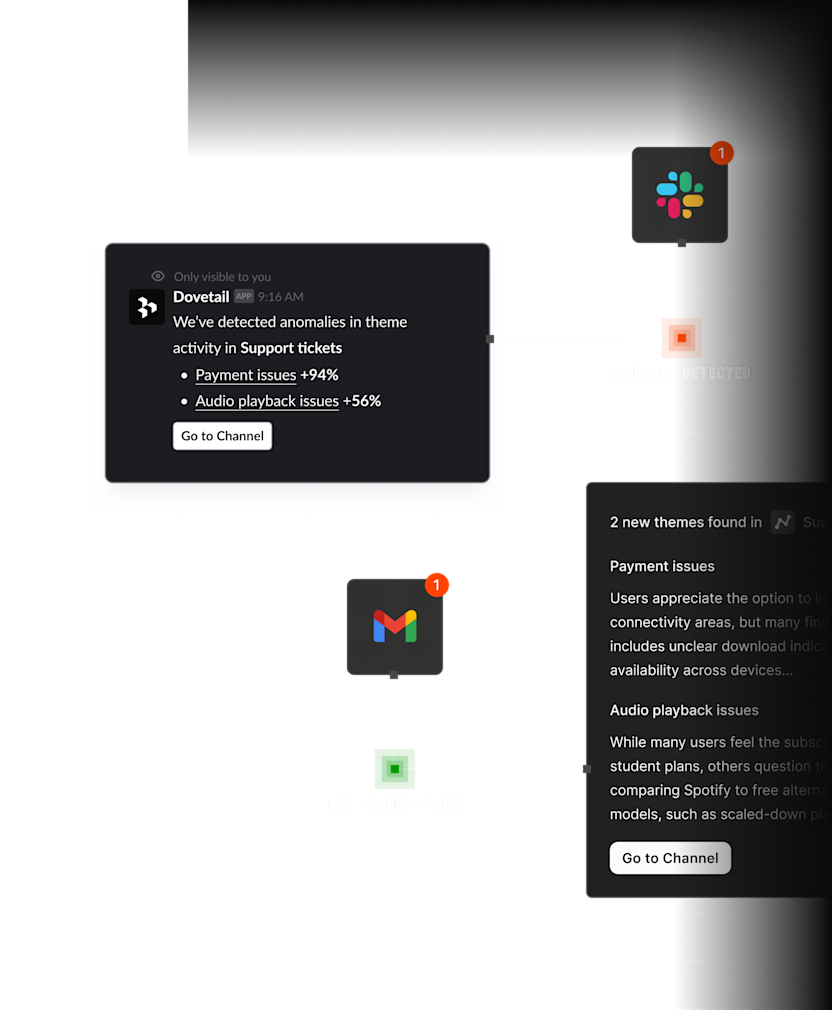
Get alerts on emerging trends
Receive an automated weekly digest in Slack or email for bugs, complaints, or feature requests before they escalate.


See what’s trending
Understand what’s increasing or decreasing with visual summaries to focus your team on the right actions.
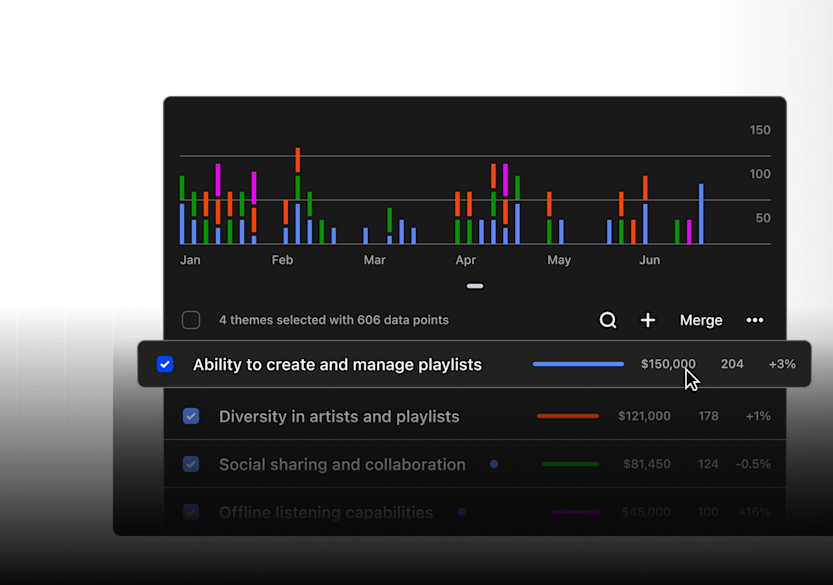
Prioritize based on value
Link themes to CRM data to show the revenue impact and truly understand what to prioritize.

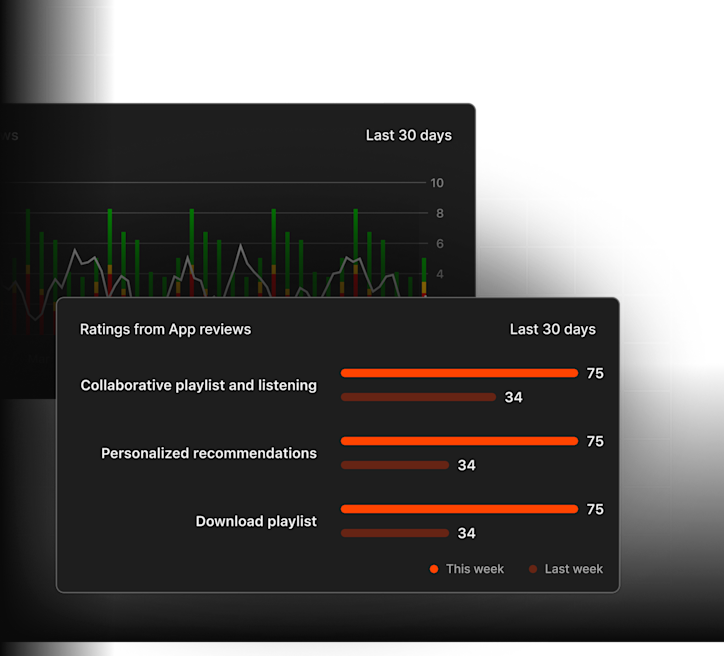
Track trends, prove impact
Dashboards let you segment data, track initiatives, and identify risks early.
Purposeful investigations with research-grade depth
Focused analysis turns conversations, documents, surveys, and more into reliable understanding with the clarity and precision of expert research—in minutes, not days.

Synthesize with impact
Produce tailored summaries, structured reports, and reels with authentic customer voice woven in—so findings land with clarity and influence.
Capture without limits
AI transcription and multi-language translation make research instantly usable across regions and teams for seamless access and collaboration.
Stay effortlessly updated
Agentic digests push weekly summaries to email or Slack/Teams, keeping stakeholders aligned and action-ready.
Enrich with context
Salesforce integration links feedback to accounts and roles, turning raw input into business-ready intelligence.

Synthesize with impact
Produce tailored summaries, structured reports, and reels with authentic customer voice woven in—so findings land with clarity and influence.
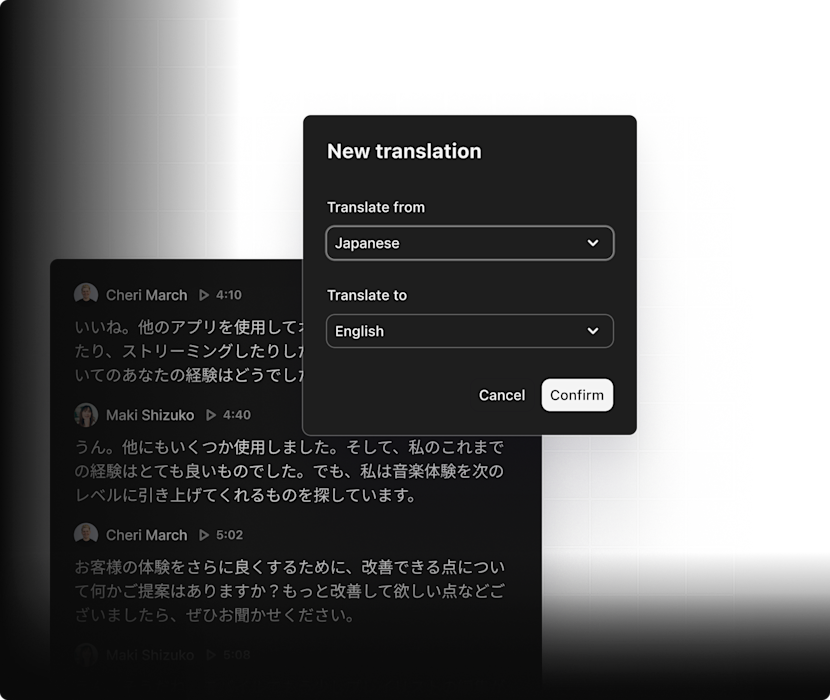
Capture without limits
AI transcription and multi-language translation make research instantly usable across regions and teams for seamless access and collaboration.
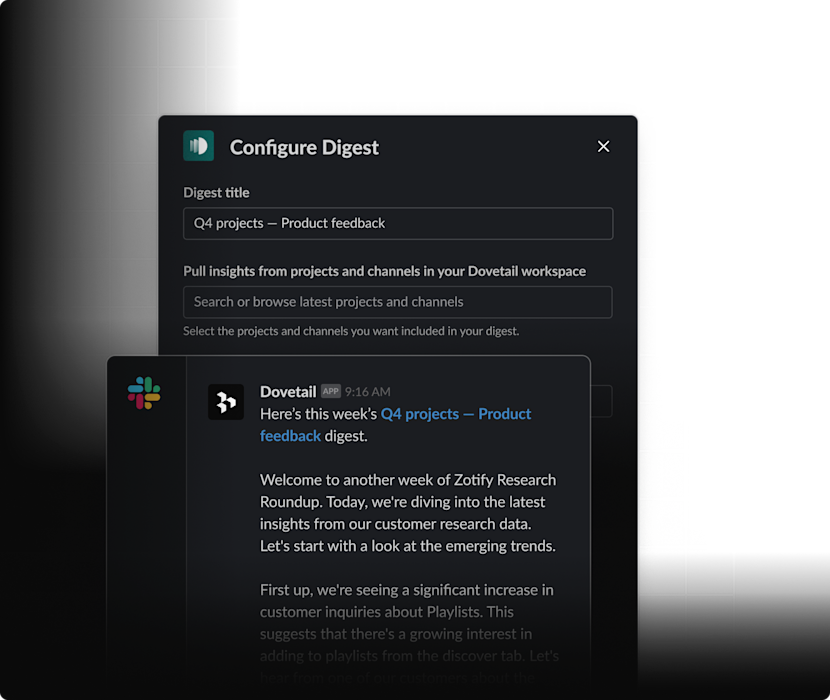
Stay effortlessly updated
Agentic digests push weekly summaries to email or Slack/Teams, keeping stakeholders aligned and action-ready.
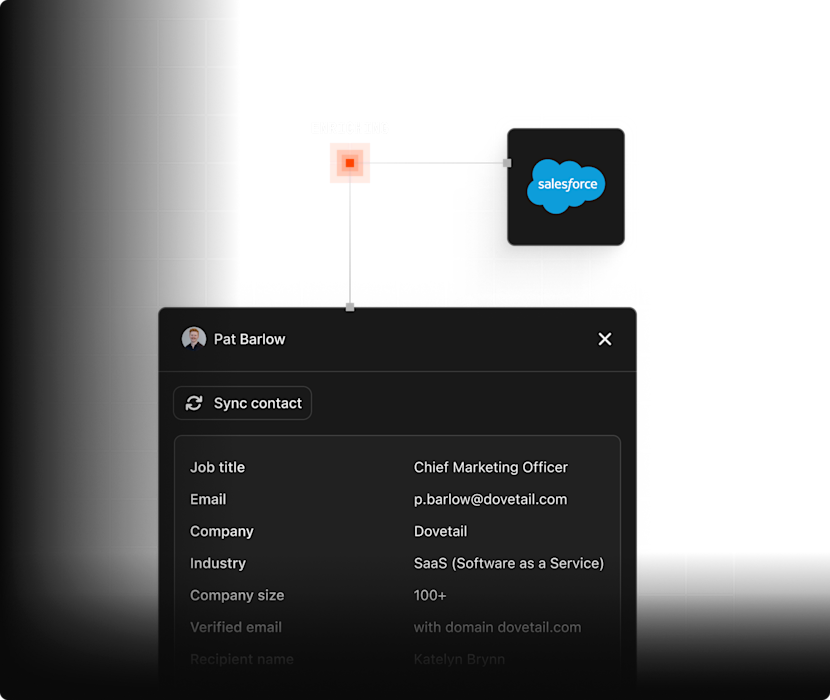
Enrich with context
Salesforce integration links feedback to accounts and roles, turning raw input into business-ready intelligence.
How customer insights drive and inspire Breville’s product innovation
Breville's iconic brand, built over decades, hinges on deep customer understanding. The global brand uses Dovetail to ensure every product aligns with user needs, driving brand loyalty and market leadership.
Atlassian champions their customer at a global scale with Dovetail
Global software giant, Atlassian, renowned for empowering teams with tools like Jira and Confluence, knows that meaningful innovation comes from truly understanding their customers.
How Itaú Unibanco delivers better banking experiences, faster with Dovetail
Since 2022, Brazil's largest bank has partnered with Dovetail, embracing an innovative approach to transform customer intelligence into award-winning banking products and experiences.
